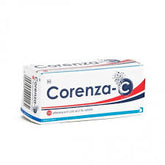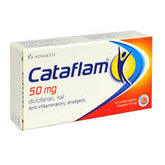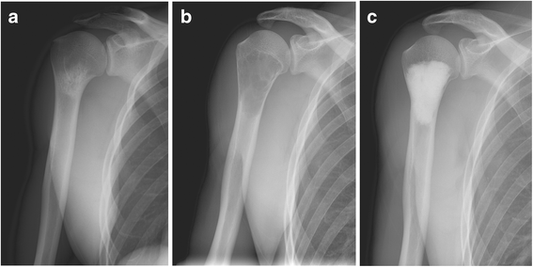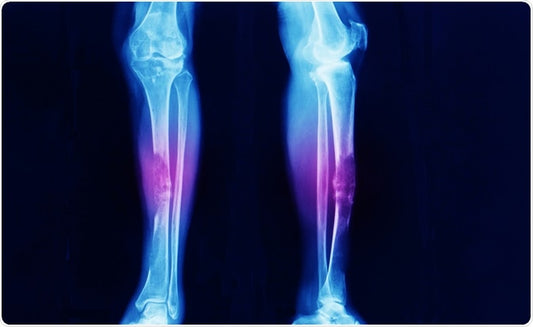featured Bowel cancer
On by ZimSeller Pharmacy 0 comments
Botulism
On by ZimSeller Pharmacy 0 comments
Bornholm disease
On by ZimSeller Pharmacy 0 comments
Bone density scan (DEXA scan)
On by ZimSeller Pharmacy 0 comments
Bone cyst
On by ZimSeller Pharmacy 0 comments
Bone cancer
On by ZimSeller Pharmacy 0 comments
Boils and carbuncles
On by ZimSeller Pharmacy 0 comments





















